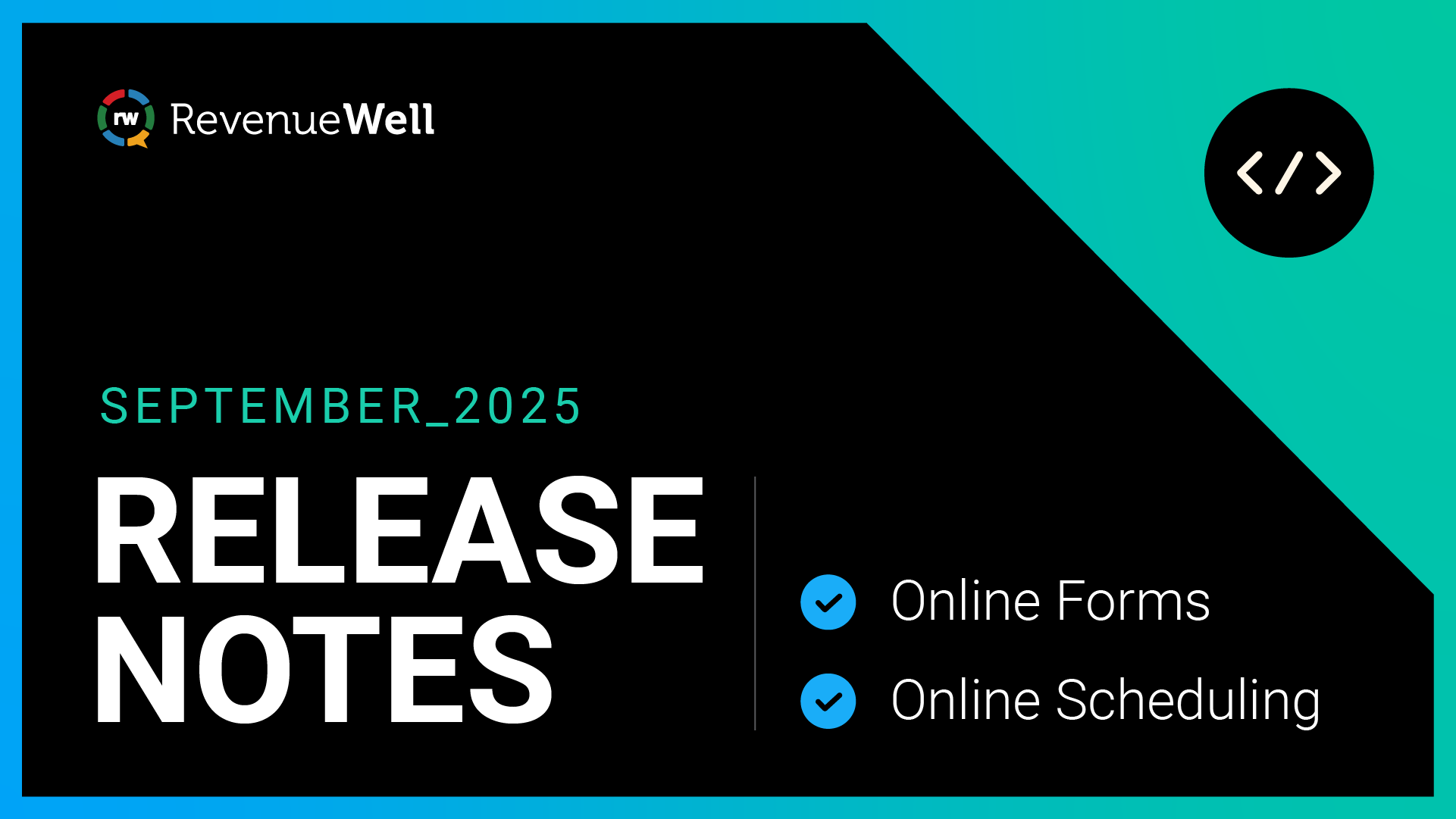Boost Your Dental Practice Revenue: How to Use Paid Search Ads for High-Value Procedures

In today's competitive dental landscape, office managers and dentists are always seeking ways to attract the right patients and increase profitability. While word of mouth and organic search are valuable tools, paid search advertising offers a fast and efficient way to attract patients looking for specific, high-value procedures. In this guide, we’ll show you how to use paid search tactics to drive more revenue by focusing on your most profitable services.
Why Focus on High-Value Procedures?
While routine cleanings and check-ups are the bread and butter of most practices, certain procedures like dental implants, veneers, and Invisalign offer significantly higher margins. By targeting these higher-value services, you can increase your revenue without increasing the total number of patients. But to do this effectively, you need to ensure that your paid search efforts are laser-focused on reaching the right audience.
Step 1: Identify Your Most Profitable Procedures
Before launching a paid search campaign, it’s essential to know which procedures bring in the highest profit. Review your practice’s services and rank them based on profitability. Common high-value procedures for most dental practices include:
- Dental implants
- Invisalign or other orthodontics
- Cosmetic dentistry (e.g., veneers, teeth whitening)
- Root canals
- Sleep apnea treatment
Once you’ve identified these services, you’ll want to structure your paid search ads around them.
Step 2: Leverage Geo-Targeting to Reach Local Patients
Paid search ads, particularly Google Ads, allow you to target specific geographical locations. Most dental practices draw patients from local areas, so you can ensure your ads are seen by people within a certain radius of your practice.
This helps you avoid wasting your ad budget on people too far from your office and ensures you’re targeting those who are most likely to convert into patients. For example, if your practice is located in a large city, you can focus on advertising in certain zip codes where higher-income patients may reside—people who are more likely to have disposable income to invest in cosmetic or elective procedures.
Step 3: Use the Right Keywords
Keywords are the cornerstone of any successful paid search campaign. It’s important to research and select keywords that potential patients are likely to use when searching for the high-value procedures you offer.
For example:
- Instead of generic terms like “dentist near me,” focus on procedure-specific keywords such as “affordable dental implants” or “best Invisalign provider.”
- Incorporate location-based keywords such as “veneers in [city name]” or “dental implants near [neighborhood].”
Consider using long-tail keywords, which are longer and more specific phrases that indicate a higher intent to book a procedure. A patient searching for “cost of dental implants in [city]” is likely closer to making a decision than someone just searching for “dentist.”
Step 4: Create Compelling Ad Copy That Speaks to Patient Needs
Once you’ve chosen your keywords, it’s time to write ad copy that resonates with potential patients. Remember, your ad is competing for attention, so it needs to be clear, concise, and persuasive. Here are a few tips for crafting effective ad copy:
- Highlight the benefits: Focus on the patient’s pain points and how your services can solve them. For example, “Transform Your Smile with Affordable Dental Implants” or “Straighten Your Teeth Discreetly with Invisalign.”
- Include a clear call to action: Encourage potential patients to take the next step, such as “Book a Free Consultation Today” or “Call Now for a Same-Day Appointment.”
- Mention pricing (if applicable): For high-value procedures, potential patients often want to know about pricing. If you offer competitive pricing or financing options, be sure to include that in your ad.
- Remain HIPAA compliant: Ensure your ads adhere to HIPAA compliant guidelines so they don’t get rejected from Google.
Step 5: Optimize Your Landing Pages for Conversion
The ad is just the first step. When potential patients click on your ad, they should land on a page specifically designed to convert them. This landing page should:
- Match the messaging of your ad (e.g., if your ad promotes dental implants, the landing page should be focused solely on dental implants).
- Include a strong call to action (e.g., “Schedule Your Consultation” or “Get a Quote”).
- Feature patient testimonials or before-and-after photos to build trust and credibility.
- Ensure your website and landing page are mobile-friendly, as many patients will view your landing page from their smartphones.
Step 6: Monitor, Measure, and Optimize
Paid search advertising is not a “set it and forget it” strategy. It’s essential to continuously monitor your campaigns, measure their performance, and make adjustments based on the data. Key metrics to track include:
- Click-through rate (CTR): How many people clicked on your ad compared to how many saw it.
- Conversion rate: How many people took action (e.g., booked an appointment) after clicking on your ad.
- Cost per acquisition (CPA): How much you’re spending to acquire each new patient.
If you notice that certain keywords or ads are underperforming, don’t hesitate to make adjustments. You can test different keywords, ad copy, or landing page designs to improve your results.
Conclusion
By leveraging paid search advertising to target high-value procedures, you can attract the right patients and significantly boost your dental practice’s revenue. With careful keyword selection, compelling ad copy, and optimized landing pages, you’ll turn clicks into booked appointments and increase profitability.
Want to take the stress out of managing your paid search campaigns? Schedule a consultation with a RevenueWell expert to learn how we can help you streamline your digital marketing and maximize your return on investment.



